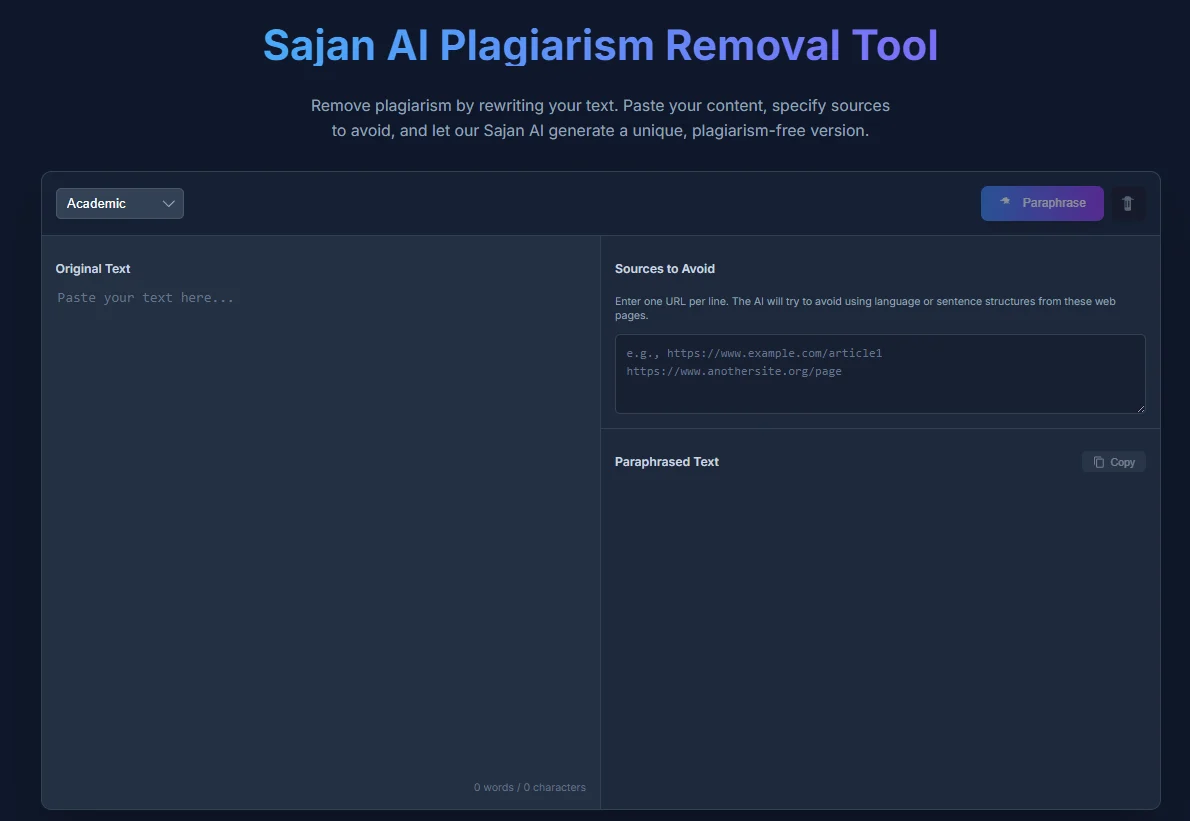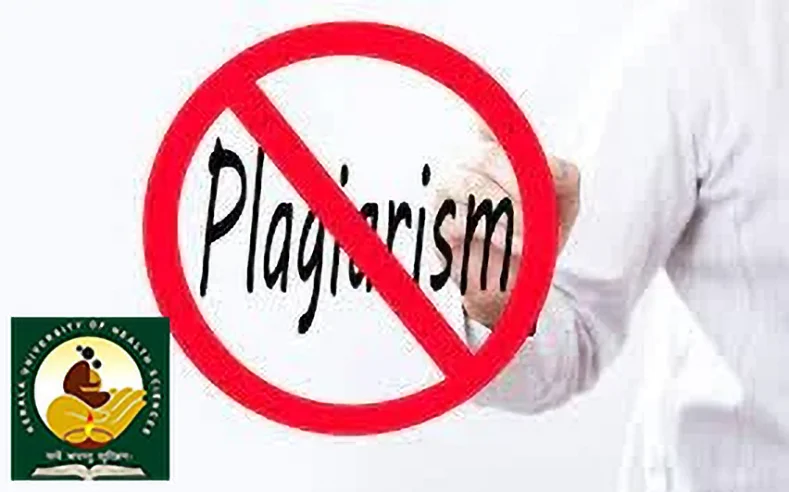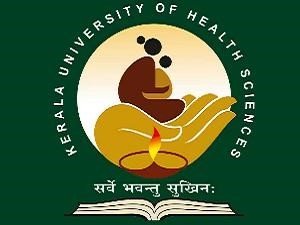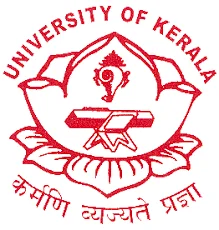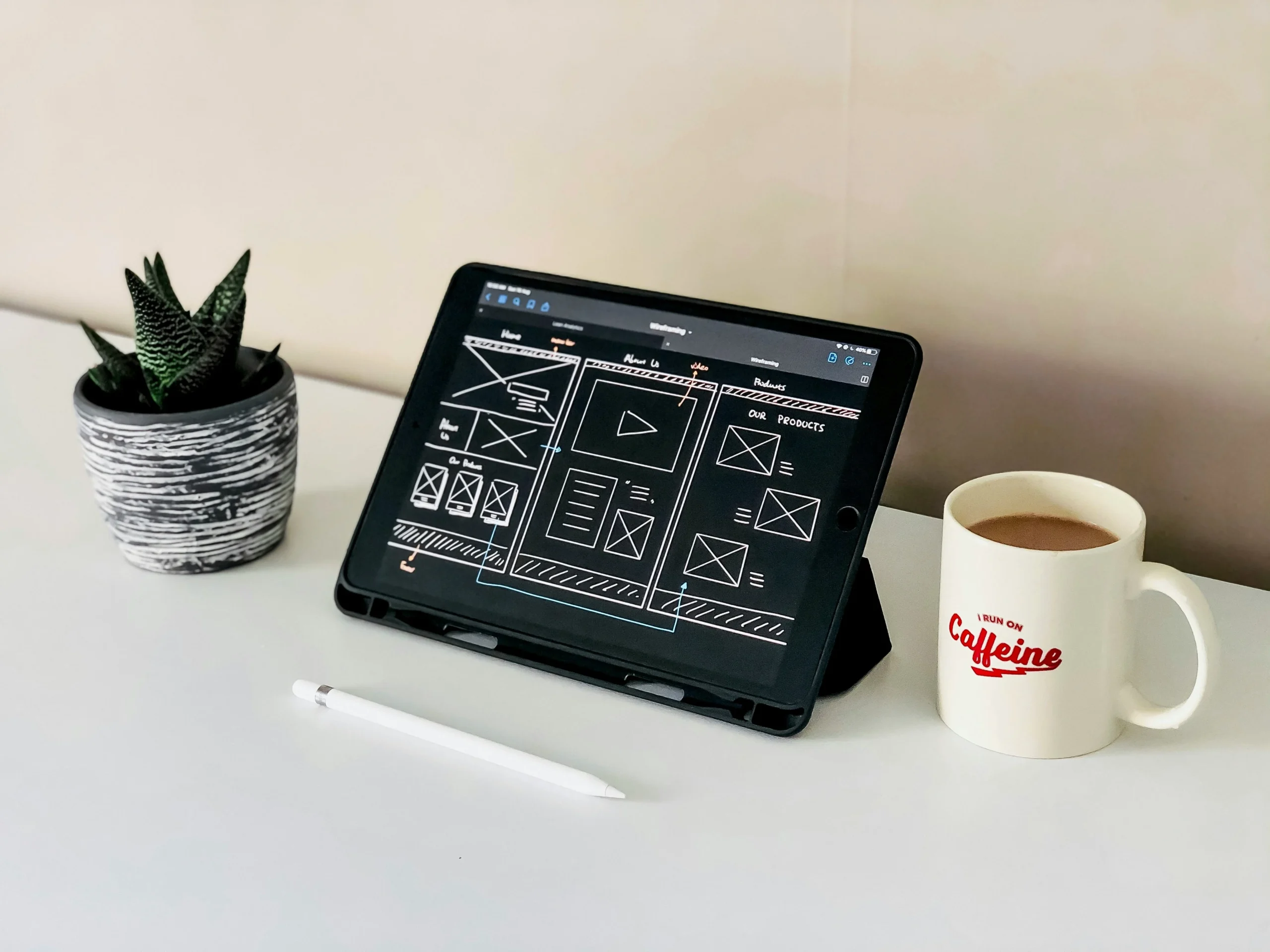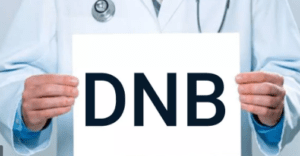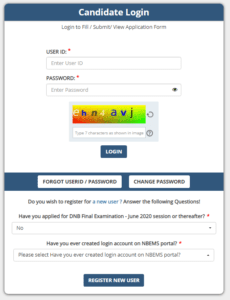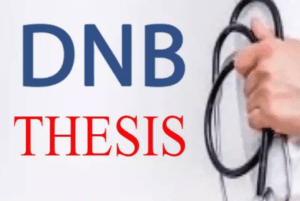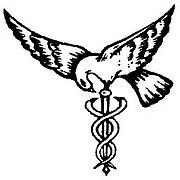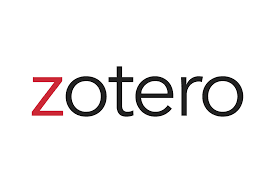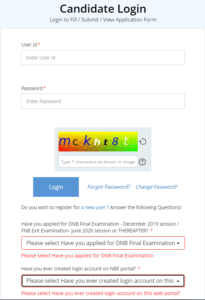Table of Contents
ToggleIntroduction to Plagiarism
Plagiarism is the act of using another person’s work, ideas, or intellectual property without proper acknowledgment, presenting them as one’s own. This unethical practice undermines the principles of academic integrity and can occur in various forms, each carrying significant implications. The most common types of plagiarism include copying, paraphrasing, and self-plagiarism. Copying refers to the direct reproduction of text or ideas from a source without citation. Paraphrasing involves rewording someone else’s ideas while failing to credit the original author adequately. Self-plagiarism occurs when an author recycles their previous work without disclosing it, presenting it as new material.
The ethical implications of plagiarism extend beyond mere academic dishonesty. In educational environments, engaging in plagiarism can lead to severe consequences, including loss of credibility, academic penalties, and potential expulsion. In professional settings, it can result in legal issues and damage to one’s reputation. Therefore, understanding these repercussions is crucial for maintaining integrity in both academic and professional realms.
Moreover, academic integrity encompasses a commitment to honesty, trust, fairness, respect, and responsibility in scholarly work. This foundation is essential for fostering an environment where knowledge can be shared and built upon. When students or professionals commit plagiarism, they not only compromise their integrity but also undermine the value of their field of study.
In summary, recognizing the various forms of plagiarism and grasping their ethical significance is vital for anyone engaged in academic or professional endeavors. Understanding these concepts promotes a culture of integrity and respect for intellectual contributions, ultimately enhancing the value of scholarly work.

What is Drillbit?
Drillbit is an advanced plagiarism detection tool designed to help users ensure the originality of their written work. Targeting a wide audience that includes students, educators, and professionals, Drillbit assists in identifying any instances of copied content that may unintentionally appear in academic papers, research articles, or other written materials. The tool is developed with the core purpose of promoting intellectual integrity and encouraging users to produce authentic content.
One of the standout features of Drillbit is its robust algorithm, which analyzes submitted documents against a vast database of published work, internet sources, and academic papers. This comprehensive comparison allows users to receive detailed reports outlining any areas of concern regarding originality. Additionally, Drillbit provides suggestions for improving the uniqueness of the text, thus helping users refine their writing skills and better understand proper citation practices.
Moreover, Drillbit is designed with user-friendliness in mind. The interface is intuitive, allowing users to easily navigate through its features without requiring extensive technical knowledge. It is compatible with various file formats, enabling students and professionals alike to check their work quickly and efficiently. In the education sector, Drillbit serves as an invaluable resource for educators striving to uphold academic standards while guiding students in their learning journey. By integrating such a tool into the educational process, institutions can promote a culture of originality and creativity among learners.
In summary, Drillbit emerges as a vital tool for anyone looking to maintain a high standard of integrity in their writing. Its comprehensive features not only aid in detecting potential plagiarism but also actively contribute to enhancing the overall quality of work produced by its users.
How Drillbit Works
Drillbit functions as a sophisticated plagiarism detection tool that leverages advanced algorithms to compare submitted documents against a vast array of sources. The primary objective of Drillbit is to identify similarities and potential matches between a user’s content and existing material found on the internet, academic databases, and publications. At the heart of Drillbit’s functionality lies its proprietary algorithm, which has been meticulously designed to scan, analyze, and report on instances of content overlap.
When a document is submitted to Drillbit, the software first breaks down the text into smaller segments or phrases. This process, known as tokenization, enables the system to analyze each component of the text independently. Following tokenization, Drillbit utilizes an extensive database of both online and offline sources, which includes articles, journals, and previously uploaded documents. By drawing from this large repository, Drillbit can effectively cross-reference the user’s submission with a plethora of existing literature and online content.
Drillbit employs sophisticated algorithms that not only detect exact matches but also identify paraphrased content and similar sentence structures. This capability is crucial, as it allows educators and writers to recognize subtle instances of plagiarism that might otherwise go unnoticed if only exact matches were considered. The analysis phase is followed by a reporting process where the tool generates a detailed report, highlighting areas of concern alongside the sources that contain matching or similar content.
Ultimately, the combination of advanced algorithms and a comprehensive database makes Drillbit a reliable resource for those seeking to uphold academic integrity and originality in writing. Through its meticulous examination of documents, Drillbit provides users with the information they need to address potential plagiarism issues effectively.
Key Features of Drillbit Plagiarism Check
Drillbit Plagiarism Check is equipped with a range of key features designed to enhance the user experience and improve the accuracy of plagiarism detection. One significant aspect is its user-friendly interface, which ensures that users, whether they are students, educators, or professionals, can navigate the platform effortlessly. This intuitive design allows for quick access to the necessary tools, saving time and fostering productivity.
Another pivotal feature is the real-time checking capability of Drillbit. Users can submit their documents, and the system immediately scans for potential matches within its extensive database. This real-time feedback enables users to make instant revisions and adjustments, effectively reducing the likelihood of submitting plagiarized content. Moreover, real-time checking enhances the overall writing process, as users can optimize their content continuously.
Drillbit also offers detailed reports on similarity scores, presenting users with a comprehensive analysis of their text. These reports not only highlight areas of potential concern but also provide contextual information regarding the matching sources. This functionality expands the understanding of the content’s originality and helps users address any issues effectively. Additionally, Drillbit supports multiple file formats, allowing users to check documents in various types, such as Word, PDF, and plain text, accommodating diverse writing needs.
What sets Drillbit apart from other plagiarism checkers is its integration of advanced algorithms that adapt to various writing styles. The platform can detect nuanced similarities and paraphrasing that may go unnoticed by less sophisticated tools. Ultimately, Drillbit Plagiarism Check combines essential features with innovative technology to offer an unparalleled solution for maintaining the integrity of written work.
Benefits of Using Drillbit for Plagiarism Detection
Utilizing Drillbit for plagiarism detection offers a range of significant advantages for both individuals and educational institutions. One of the primary benefits is its ability to ensure the originality of written content. In an age where information is readily available, maintaining the uniqueness of one’s work is crucial. Drillbit effectively scans documents against a vast database of sources, enabling users to identify any potential instances of plagiarism. This not only safeguards the integrity of the work but also enhances the credibility of the author.
Moreover, Drillbit serves as an educational tool that aids users in improving their writing skills. By highlighting sections of text that may be flagged for plagiarism, it encourages users to refine their work, enabling them to express their ideas more clearly and creatively. As individuals learn to rewrite or paraphrase effectively, they also cultivate a deeper understanding of how to use sources responsibly. This reinforces the importance of original thought in writing and fosters a culture of ethical writing practices.
In an academic setting, Drillbit’s effectiveness is invaluable for educators aiming to uphold academic standards. By using this plagiarism detection tool, teachers can quickly assess the authenticity of submitted assignments, ensuring that students are adhering to ethical academic guidelines. This proactive approach not only deters academic dishonesty but also encourages students to take ownership of their work. Consequently, the implementation of Drillbit in educational environments leads to improved educational outcomes and a heightened sense of accountability among students.
Overall, the benefits of using Drillbit for plagiarism detection extend beyond mere identification of copied material. It plays a critical role in promoting originality, enhancing writing skills, and supporting educators in maintaining the integrity of academic work.
Limitations of Drillbit
While Drillbit serves as a valuable tool for plagiarism detection, it is essential to recognize its limitations. First and foremost, one significant concern is the occurrence of false positives. Drillbit may flag text as plagiarized even when the content is original due to its algorithms detecting similarity in phrasing or word choice. This can lead to unnecessary scrutiny and potential reputational damage for authors who rely heavily on this software.
Another important limitation pertains to the tool’s accuracy in identifying paraphrased content. Paraphrasing, which often involves rewording or restructuring sentences while preserving the original meaning, may not always be effectively recognized by Drillbit. This deficiency can result in a false sense of security for users, as they might assume that their paraphrased work is free from plagiarism when it may actually have elements that are too similar to existing sources.
Additionally, users should be aware of the cost-related concerns associated with Drillbit. While some features may be available for free, access to comprehensive analysis often requires a subscription or one-time payment. This can be a limiting factor for students or freelance writers working on a budget who may find it challenging to justify the expense, particularly if they only need to check a few documents. It is crucial for individuals and organizations to weigh the benefits against the associated costs to determine if Drillbit meets their specific plagiarism detection needs.
In summary, understanding the limitations of Drillbit, such as false positives, issues with paraphrased content detection, and potential cost barriers, is vital for users who wish to employ it effectively in their work. Awareness of these drawbacks allows users to make informed decisions and explore complementary strategies in their pursuit of original content creation.
User Testimonials and Case Studies
Drillbit has emerged as a vital tool in the pursuit of academic integrity, garnering numerous testimonials from students, educators, and writers alike. These firsthand accounts reveal the positive impact that this plagiarism detection software has had on various users across different contexts.
A recent survey of university students highlighted Drillbit’s effectiveness in helping them improve their writing quality and avoid unintentional plagiarism. One student recounted, “Using Drillbit allowed me to clearly see where I was inadvertently copying information. The feedback was invaluable, and I even learned how to better paraphrase my sources.” This sentiment was echoed by many who found that the software not only detected potential plagiarism but also served as a learning tool to enhance their writing skills.
Educators have also sung the praises of Drillbit, particularly in maintaining the highest standards of academic integrity in their classrooms. A professor from a renowned institution reported, “Drillbit has transformed how I assess student papers. The tool provides thorough reports that pinpoint specific areas of concern, which helps me guide students toward improvement without compromising their creativity.” This perspective underscores the software’s dual role as both an evaluative resource and a pedagogical aid.
Case studies provide further insight into Drillbit’s effectiveness. In an academic institution that implemented Drillbit for faculty use, the administration reported a substantial decrease in academic misconduct. The institution noted, “With the integration of Drillbit into our academic policies, we have created a culture of integrity. Students are now more aware of plagiarism, resulting in better quality, original submissions.”
In summary, the testimonials and case studies illustrate Drillbit’s pivotal role in fostering a culture of academic honesty and improving writing proficiency. From individual students to academic institutions, the unanimous feedback indicates that Drillbit is a valuable asset in the writing and educational process.
Comparison with Other Plagiarism Detection Tools
When it comes to plagiarism detection, various tools are available in the market, each offering distinct features and functionalities. Drillbit, Turnitin, and Grammarly are among the most popular options, and a comparison of these tools highlights their strengths and weaknesses, aiding users in selecting the right solution for their plagiarism-checking needs.
Drillbit is known for its user-friendly interface and robust scanning capabilities. It effectively identifies not just verbatim copies but also paraphrased content, making it a valuable resource for academic and professional writing. While Drillbit excels in functionality, it may lack some of the advanced features that users can find in Turnitin, which is often favored in educational institutions for its comprehensive database and sophisticated algorithms designed to detect even subtle instances of plagiarism. Turnitin also provides detailed reports and feedback, which are particularly useful for educators and students looking to improve their writing.
Grammarly, on the other hand, combines plagiarism detection with grammar checking, making it an excellent choice for those who prioritize overall writing quality. Its plagiarism-checking feature, though effective, predominantly targets online sources and may not compare to the expansive database offered by Turnitin. Additionally, Grammarly’s pricing model is subscription-based, which may not be suitable for all users, particularly those who require occasional checking rather than continuous use.
In terms of pricing, Drillbit typically offers an attractive one-time payment option, which can be more economical for users who need a straightforward plagiarism checking tool without ongoing subscriptions. Conversely, Turnitin generally operates on institutional licenses, which can make it less accessible for individual users. Ultimately, the choice between these tools hinges on specific needs such as functionality, ease of use, and budget, with each software providing valuable resources to uphold academic integrity and enhance writing quality.
Conclusion and Recommendations
In the realm of academic and professional writing, maintaining integrity through original content is paramount. Plagiarism detection plays a critical role in ensuring that writers uphold ethical standards by properly attributing sources and contributing original insights. The use of tools like Drillbit serves as a safeguard against unintentional plagiarism and helps authors refine their work. Understanding the nuances of Drillbit’s capabilities can significantly enhance one’s writing process and overall quality.
To maximize the effectiveness of Drillbit, users are encouraged to adhere to several best practices. First, conducting regular plagiarism checks throughout the writing process, rather than waiting until the final draft, can help identify potential issues early on. This proactive approach allows for revisions to be made in a timely manner, fostering a deeper understanding of proper sourcing techniques. Additionally, familiarizing oneself with the various features of Drillbit, such as its advanced algorithms and customization options, can also enhance the user experience and improve the likelihood of a thorough analysis.
Furthermore, writers should consider integrating complementary resources into their workflow. Engaging in writing workshops, utilizing citation management tools, and participating in peer reviews can provide valuable feedback and resources. Online courses on academic integrity and effective research practices may also deepen the understanding of plagiarism and its implications. By combining these resources with the use of Drillbit, authors can develop a more comprehensive skill set, empowering them to produce high-quality work that is both original and credible.
In conclusion, utilizing plagiarism detection tools like Drillbit is essential for maintaining integrity in academic and professional writing. By embracing best practices and exploring supplementary resources, writers can enhance their skills, avoid plagiarism, and contribute meaningfully to their fields.



